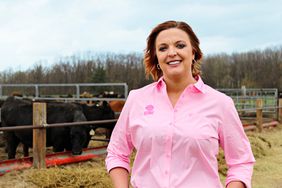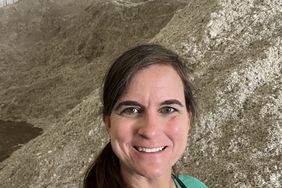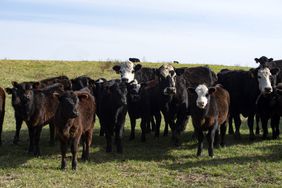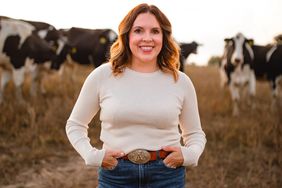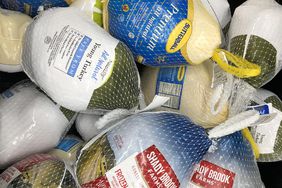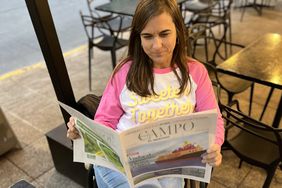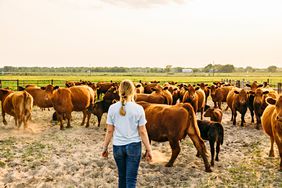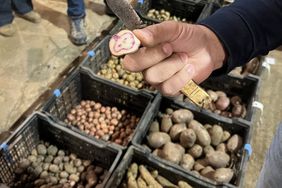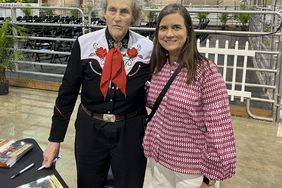:max_bytes(150000):strip_icc()/heatherchiledairy-863bfe6829a74bd4bfe4b852ac806732.jpg)
Walking across the pastures of a dairy farm in Chile, I couldn’t help but notice how different it was from dairy farms I’d visited back home in North Carolina.
The grass reached my knees. We walked uphill with a view of Lake Llanquihue and the Andes Mountains. The cows were red and white.
The farmers, fifth-generations descended from German settlers, raise Friesian cattle. They are adding Red Holstein to improve their herd’s genetics and milk production. The farm has grass year-round. Twice a day, cows are moved to new pastures, maximizing the grass and forage they have. They also receive supplemental feed while they are milking.
The day before our visit, the farmer was able to purchase shares in a local milk cooperative. He’d been trying to join the cooperative for seven years. This change meant the farm’s milk was now being sold to Colun, the largest dairy plant in Chile. The company requires high quality milk, so the farm’s focus on genetics will help meet the goals of their new milk buyer.
While visiting, we were able to talk with the owners, their dairy advisor, and agronomist. It was interesting to hear the differing goals. The owner wanted to focus on growing out male calves for meat and the advisor wanted to concentrate on improving milk genetics. It reminded me of conversations I’ve had with farmers where different generations have their own ideas on how to do things and the challenge of melding those ideas into one farm plan.
We moved from the farm to the family’s home, where they hosted our group, the Partners in Advocacy Leadership program with American Farm Bureau, for lunch. Meat was cooking over an open flame. The dishes were all prepared in a kitchen that uses a wood-burning stove. Their neighbors, fellow farmers, and people who worked with them crowded the yard as we visited before sitting down to a feast.
:max_bytes(150000):strip_icc()/heatherclasschiledairy-8a91bef1331e477f95827710d72dc640.jpg)
This family didn’t just open their farm to us. They opened their home. I lost track of time, but I would guess we spent four hours with them. It really gave us a chance to sit and talk about farming — their challenges, successes, hopes, and dreams. That gift of time to ask whatever questions came to mind and have a good discussion was something I’m not used to. We learned that’s the Chilean way. Our hosts took the time to savor the meal and the conversations and that’s just one of the lessons I took away from their farm.

